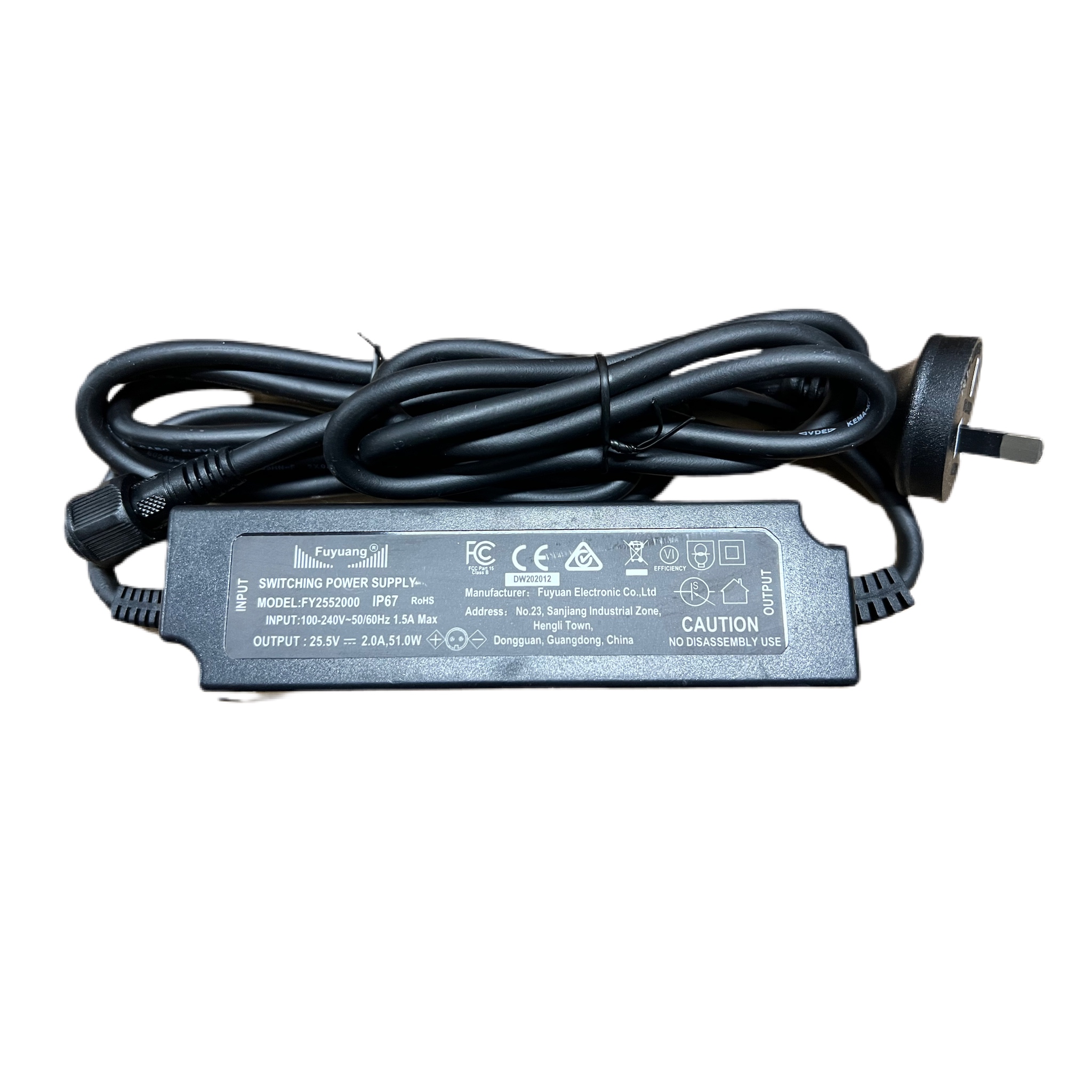Morning,
I'm just getting started with some home automation projects, I've got a couple of Alexa Echo's I'm experimenting with and I've ordered a Home Assistant Yellow.
I'm about to install a MoeBot S5 which has a Lithium Ion battery. Lithium batteries get damaged when charged at or below freezing. Where I live has about 50 ground frost days a year while average winter temps are 9degC to 16degC so the grass will still grow.
I'm considering ways to protect the battery. Its only charging at low temps that causes the problem.
I'm thinking to add a sensor to the base station that triggers the power to be cut off when below say 5degC
One way of doing this is to buy a temperature sensor to put on the base station and for that to trigger a plug socket at the wall.
Another way would be to mount an ESP board to the MoeBot base with a temp sensor that could activate a relay. If the MoeBot power supply plugged into the board and then via a relay the power went to the base it the control would happen locally. An ESP home board could send the temperature and status to the base station to home assistant.
ESP board vs sensor and plug
Pros:
Local control, doesnt need any other connection to function, inexpensive
Cons:
Needs building by me, not plug and play.
I've got some very basic arduino experience and I'm keen to learn
Info I could do with to start with board recommendations. Something with a relay, pretty sure its DC, I need to check the output voltage of the charger into the base station.
The interesting thing that will happen if the power is cut to the base station is the signal wire will shut off too. My understanding is that if the MoeBot is mowing seeks it for a bit then stops.
Is this a viable/good ESPhome project?
Key think I could do with right now is a board recommendation so I can place an order for one. Chances are it will take a while to get here in NZ
Plus any thoughts or advice would be appreciated
Here is a pic of the power supply
https://moebot.com.au/wp-content/uploads/2021/11/20211119_202802460_iOS.jpg

Output 25.5V @ 2A = 51W
Would this board and relay do the job?
ESP8266 ESP-01S Relay Module Relay WIFI Smart Socket Control Switch Phone APP For Smart Home IOT https://a.aliexpress.com/_msTNNJo
Hmmm not sure how to power it. It would be great to be able to use the 25.5V power coming in to the MoeBot base
Thanks

